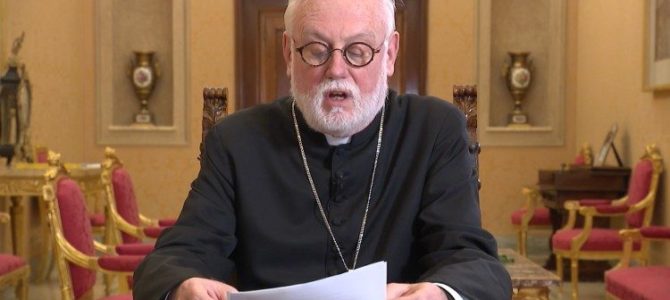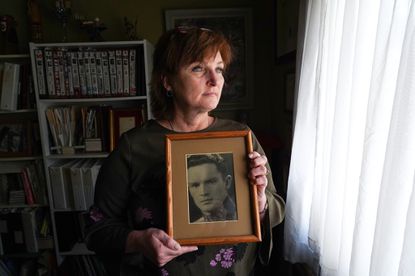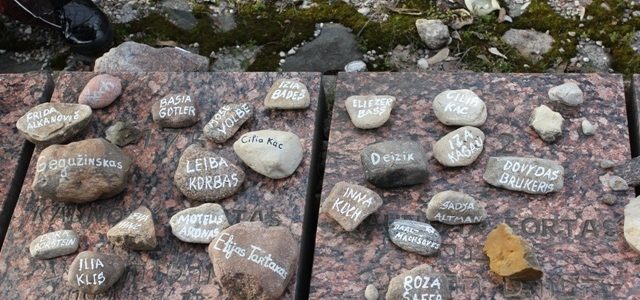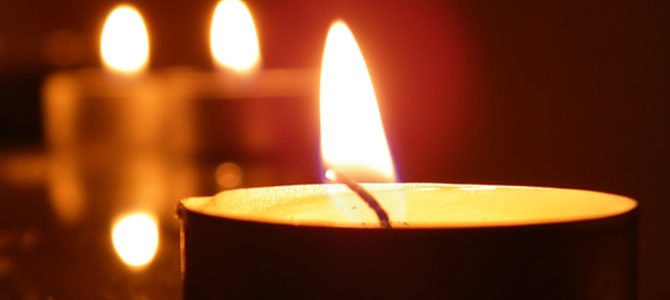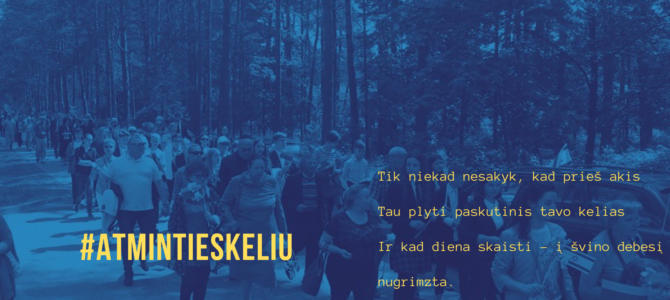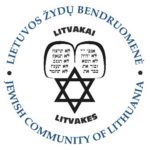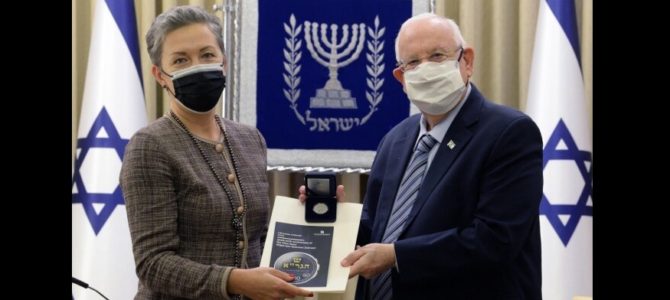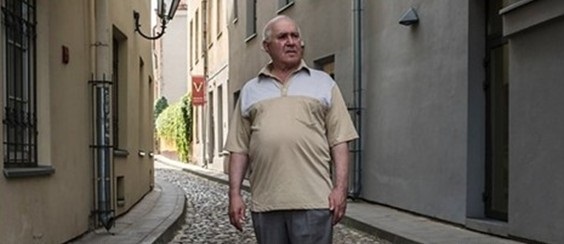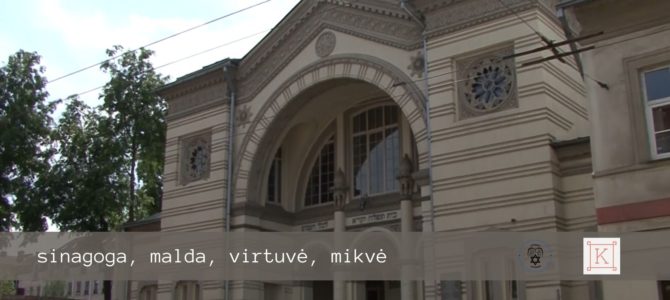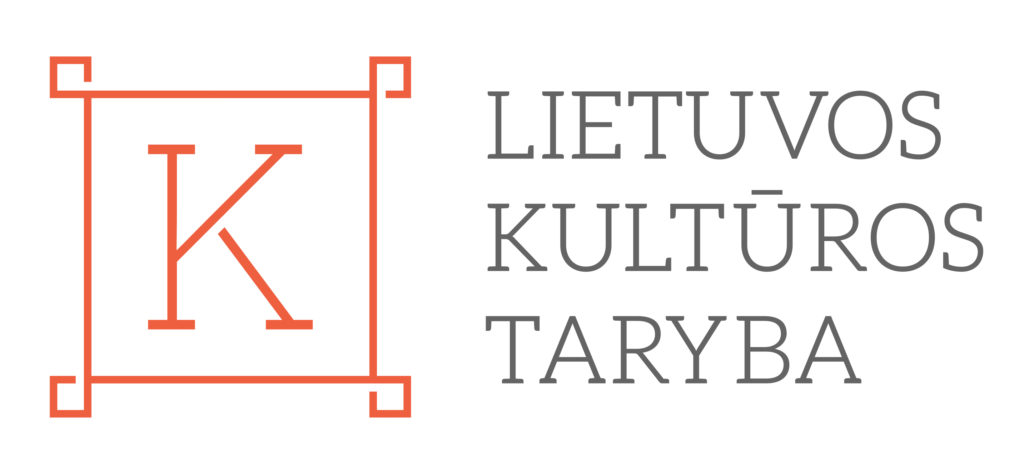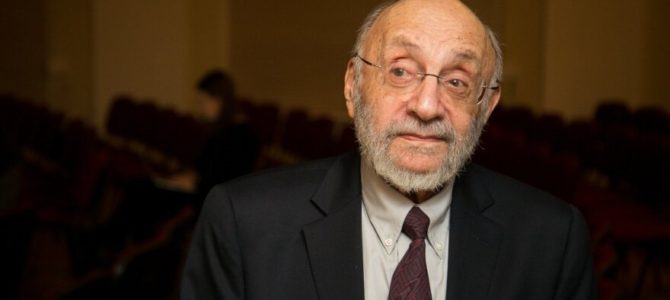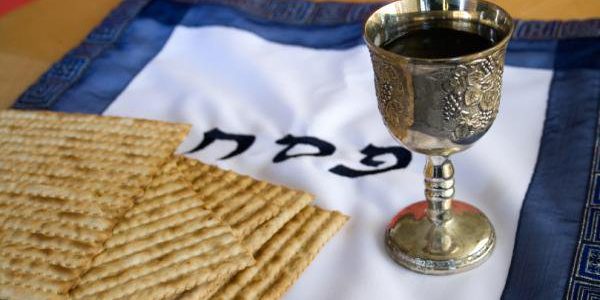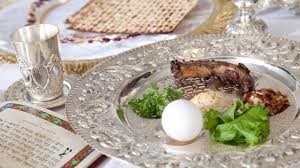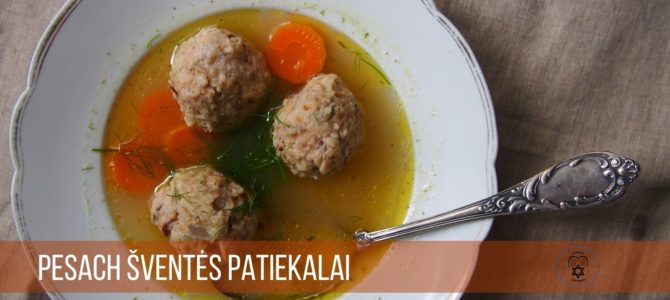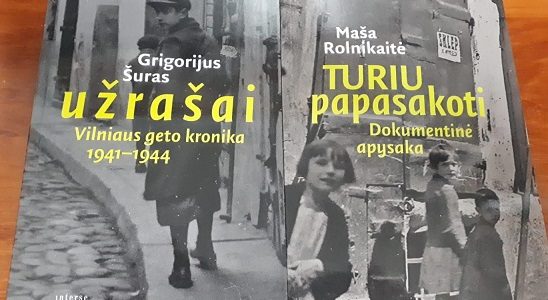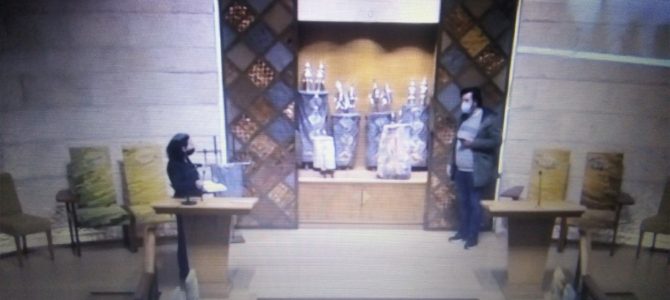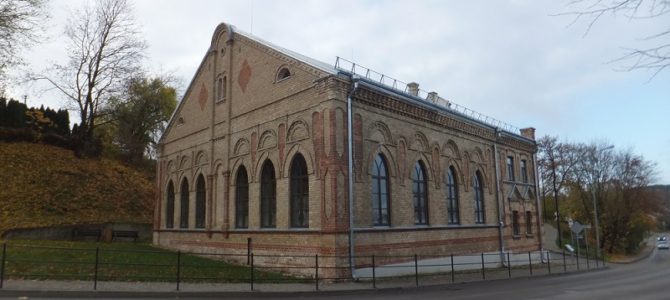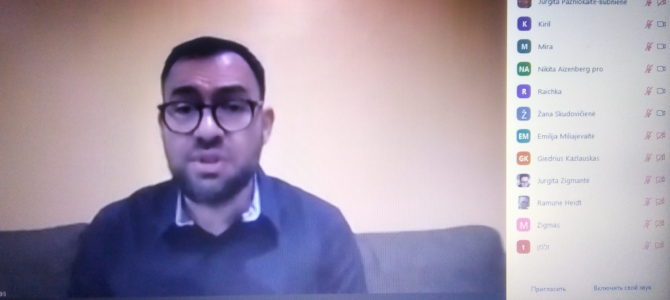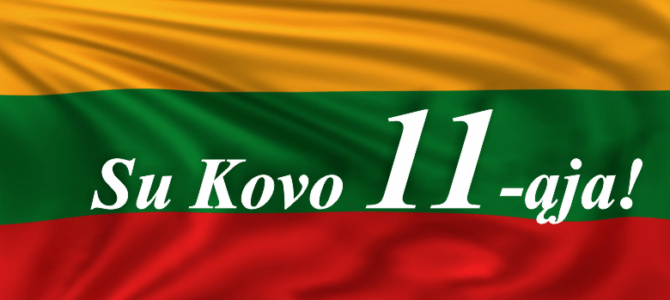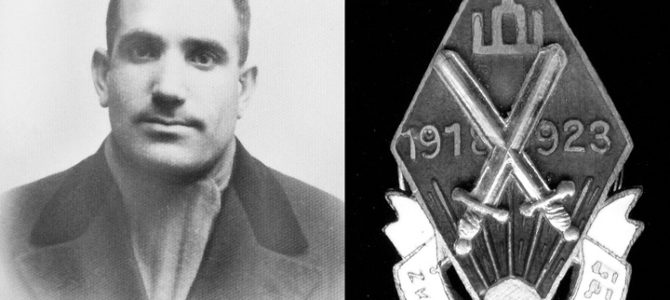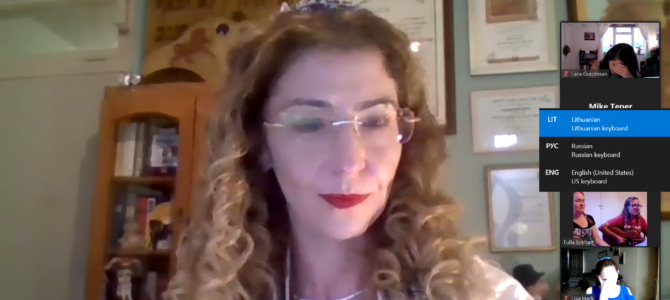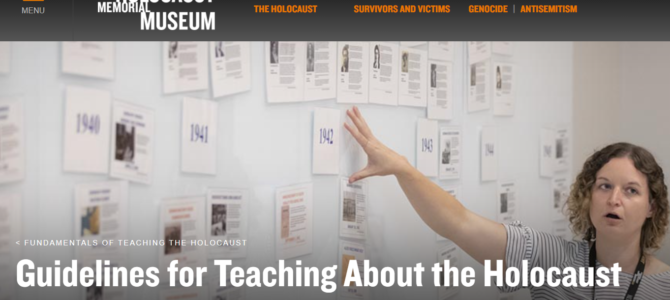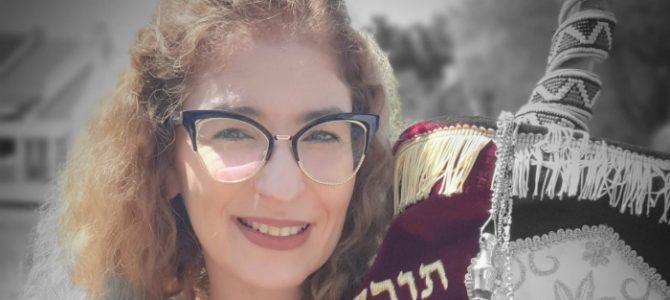Photo: Archbishop Paul Richard Gallagher, courtesy Vatican.
Great strides forward have been in recent decades in Jewish-Catholic relations, with better recognition on both sides allowing for more mutual understanding at the theological but also the social and political levels, Holy See secretary for relations with states Paul Richard Gallher said as part of a campaign by the Israeli embassy to the Vatican called #StopAntiSemitism.
Archbishop Gallagher in a video message posted last Thursday reiterated the Holy See’s commitment against intolerance towards people of Jewish heritage. He said the “Nostra Aetate” [In Our Age] declaration defining relations between the Church and non-Christian religions adopted by the Vatican II Council 55 years ago has helped broaden dialogue between Jews and Christians.
Archbishop Gallagher highlighted two points in Nostra Aetate: its emphasis on the Jewish roots of the Christian faith and the condemnation of anti-Semitism in every form and species.
“In this regard, much progress has been made in recent years,” the archbishop affirmed. “Mutual knowledge has led to a better understanding on theological, social and political levels, including bilateral Agreements by which diplomatic relations between the Holy See and the State of Israel have been established,” the Vatican reported on its official news website.


